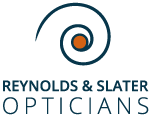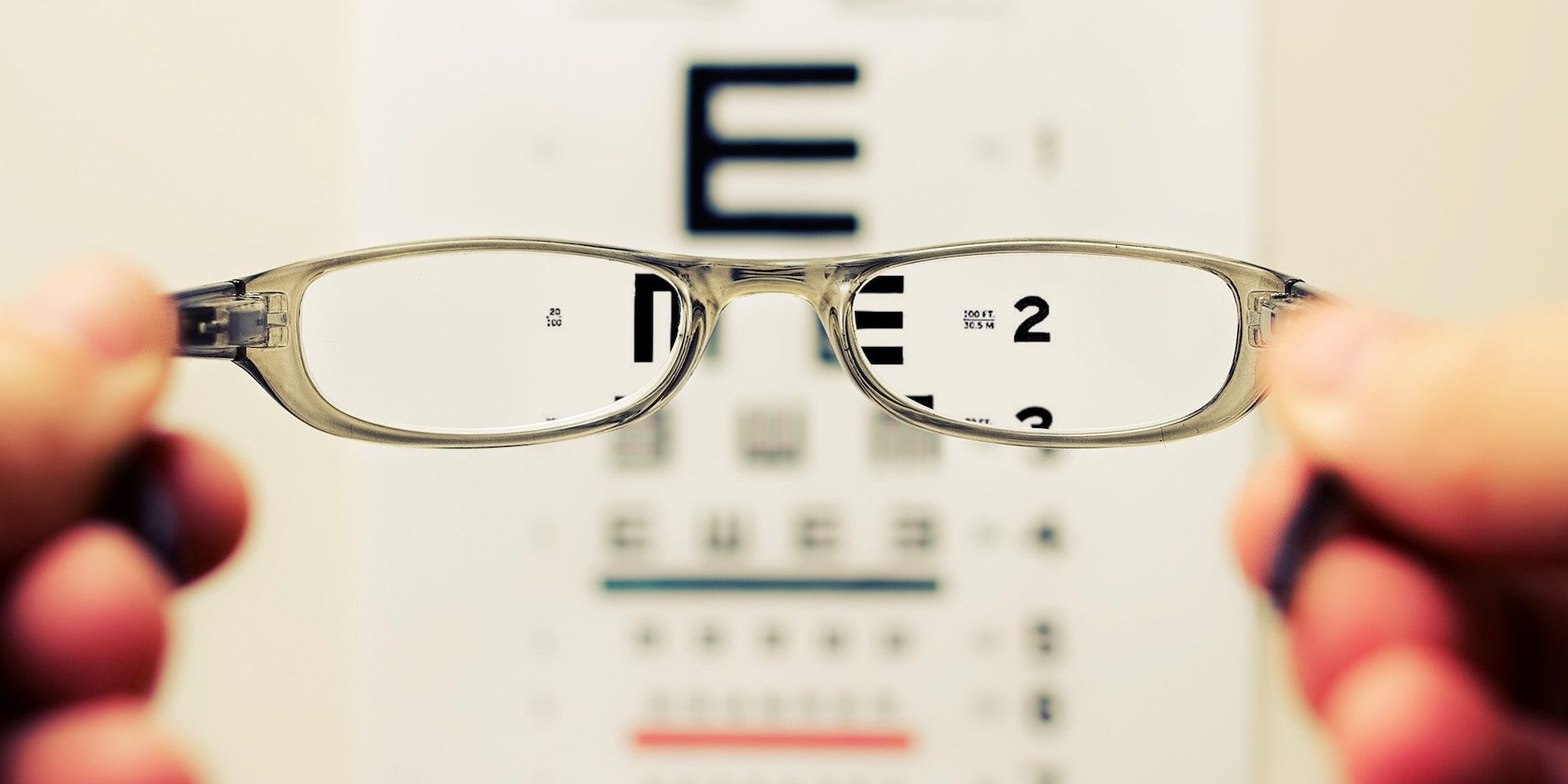There has been increasing pressure on the government and the DVLA in recent years to raise awareness of the laws surrounding vision and driving and to tighten the regulations on visual standards for driving. Why? Because 2,900 road casualties a year are caused by drivers having poor vision.
“2,900 road casualties a year are caused by drivers having poor vision.”
What are the current eyesight rules for driving?
The current driving eyesight rules are that a driver must be able to read a number plate 20 metres (65 feet) away on a clear day, although, you are permitted to wear glasses or contact lenses. This level of vision can be easily checked by your optometrist.
The equivalent vision on an Optician’s letter chart – a Snellen chart – is 6/12, binocularly (both eyes open). There is also a requirement for our vision to be wide and clear enough to meet the legal visual standard. This means that there is no major obstruction in the area of vision that we can see (called our field of vision).
Obstructions in our field of vision can form with certain eye conditions and general health conditions – such as glaucoma, stroke and diabetes. Driving while experiencing double vision (known as diplopia) is banned by the DVLA, but may be allowed if your condition can be controlled.
Is it safe to drive with one eye?
If you have a diagnosed eye condition that affects just one of your eyes (such as poor vision, blindness, or a lazy eye (amblyopia), you are still permitted to drive as long as the other eye can read a number plate from 20 metres away on a clear day and that there is no double vision.
“Vision for driving is formally tested at a practical driving test, after that the onus is on the driver to ensure that they have good vision and can meet the minimum vision required for driving before getting behind the wheel.”
Restrictions for Bus & Lorry drivers
For lorry and bus drivers, the vision rules for driving are stricter than they are for other motorists. For this group of drivers, there is no number plate test. Lorry and bus drivers must have vision equivalent or better than 6/7.5 in their best eye, measured on an Opticians chart, a Snellen chart, and vision equivalent, or better than 6/60 in their worst eye. Glasses or contact lenses are permitted to reach this requirement, but lorry and bus drivers must also have a prescription of no more than + or – 8.00D.
There are stricter rules on the total area of vision that this group of drivers must be able to see to drive legally. Lorry and bus drivers must have formal vision testing with an optometrist or medical doctor at regular intervals, as determined by the DVLA, to maintain their driving licences.

Driving with Impaired Vision
If an individual suspects that they do not meet the minimum vision level for driving, they should book an appointment with an optometrist who can advise if they do meet the legal vision standard for driving. Most commonly, individuals do meet the standards. Where not, often a simple solution is needing to wear glasses or contact lenses while driving.
If the minimum vision standard for driving cannot be met, your optometrist can advise what to do next. Your optometrist will not share information directly with the DVLA unless the circumstances are extreme. The individual should notify the DVLA who will then offer formal testing of vision. Note that your licence may be temporarily revoked until they receive the results of this formal vision for driving test.
If you have a general health condition that could affect your ability to drive, such as strokes, epilepsy or diabetes, your GP can advise on notifying the DVLA. If you have a diagnosed eye condition, ask your consultant Ophthalmologist for advice on notifying the DVLA. Note that the legal onus remains on you as the individual to ensure that you meet the vision standards for driving, not your health care professional. You can be prosecuted if you do not meet the vision requirements for driving.
Some individuals are aware that their vision is not good enough for driving and choose to drive anyway. However, many are completely unaware that they no longer meet the vision driving requirements, often because their vision has deteriorated slowly with time, which can be more difficult to detect. This teamed with low awareness of the visual standard to read a number plate 20 metres away on a clear day, leads to individuals driving illegally.
“A recent study found that 50% of Optometrists had come across one or more individuals that knew they did not meet the driving standard.”
Test your vision for driving with qualified opticians at Reynolds & Slater
In summary, it is your responsibility to check that your vision meets the legal driving standards for driving. The best way to check this is to have regular eye examinations, which can identify and treat blurred vision and eye conditions earlier, as well as regularly checking that you can read a number plate 20 metres from us, on a clear day.
Book your comprehensive eye examination at Reynolds & Slater Opticians
If you are struggling with your eyesight, and believe that it could have a negative effect on your driving ability, now is the ideal time to book an eye examination with the opticians at Reynolds & Slater.
With your choice of two Reynolds & Slater practices in Cornwall, either Penzance or Falmouth, regular appointments are easy to fit into your routine.
Get in touch with our friendly team today to book an appointment, or check out our website for more information on our treatments.
You can book your comprehensive eye examination here at Reynolds Opticians







